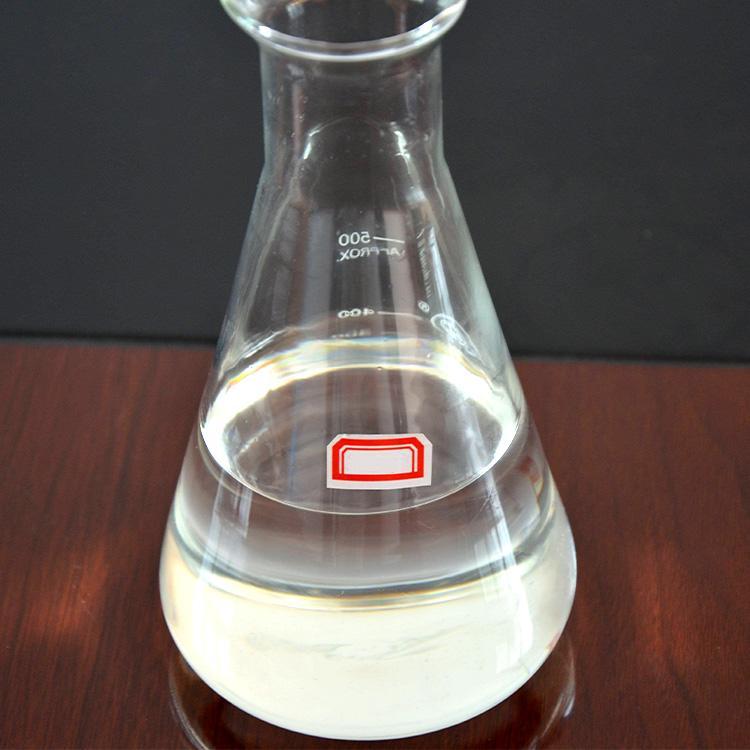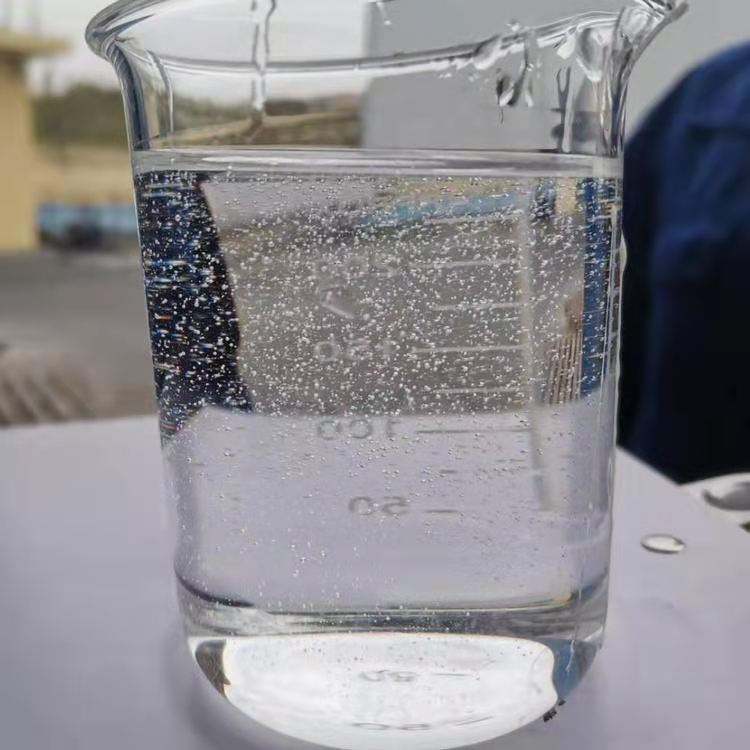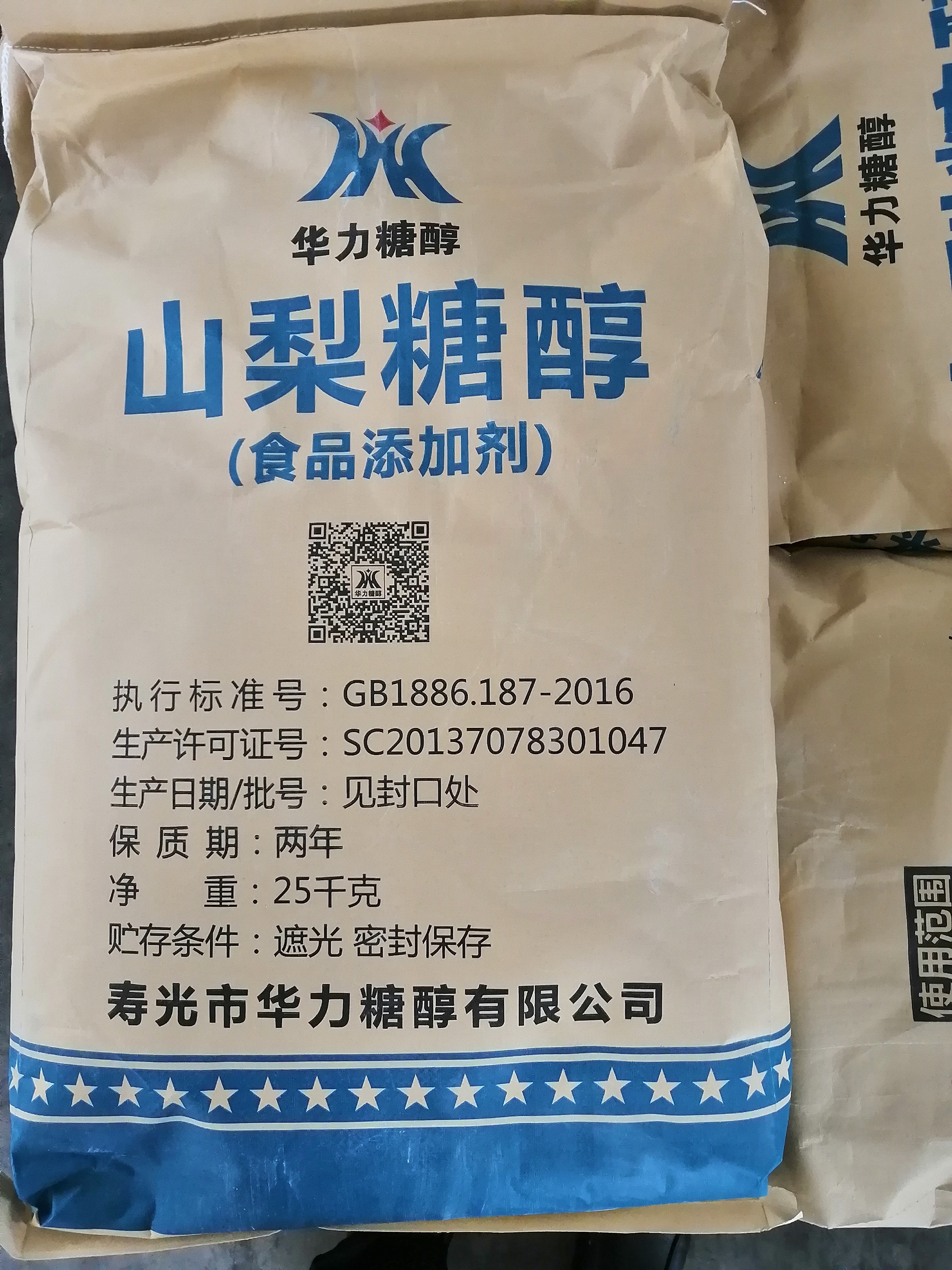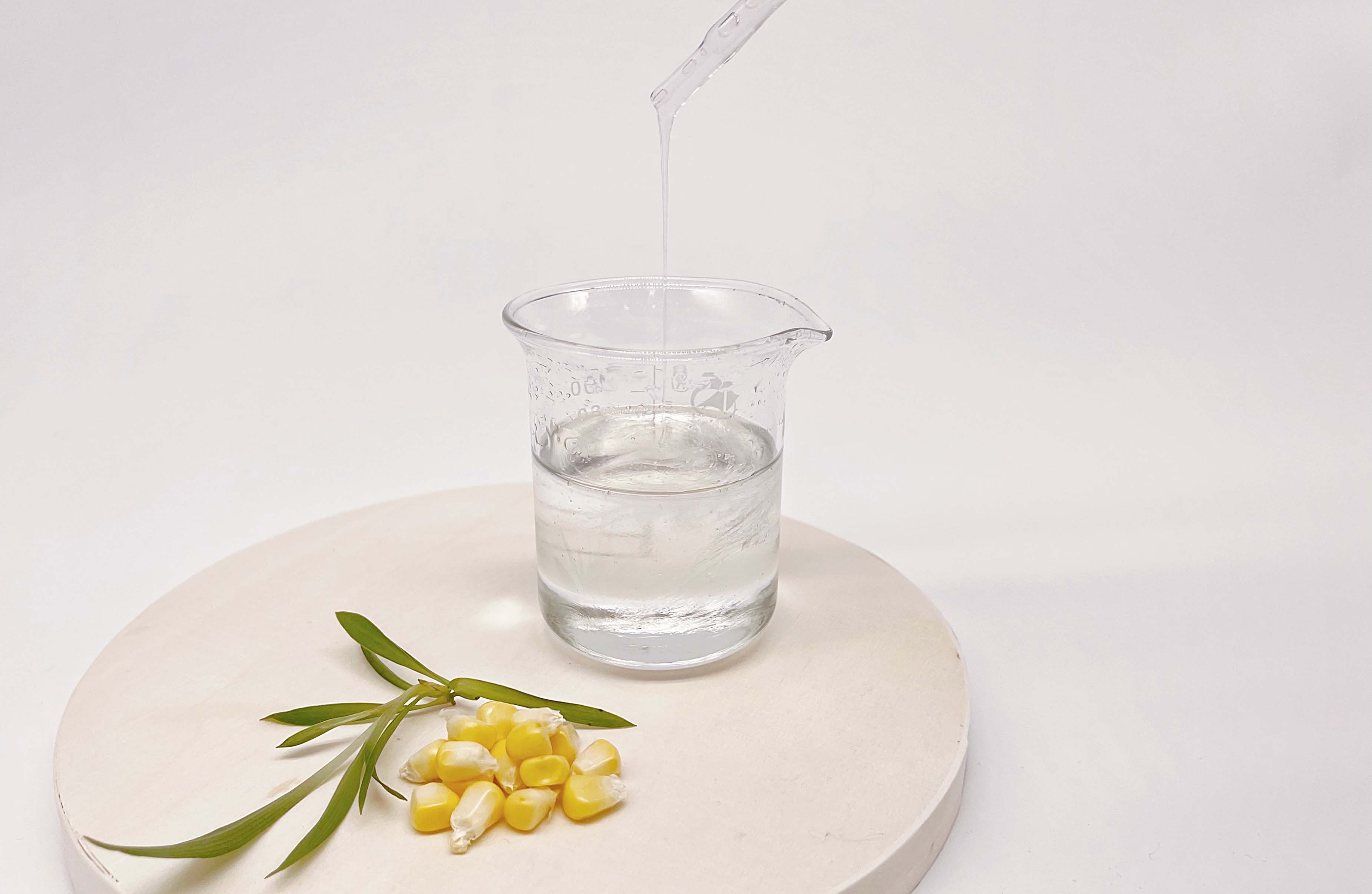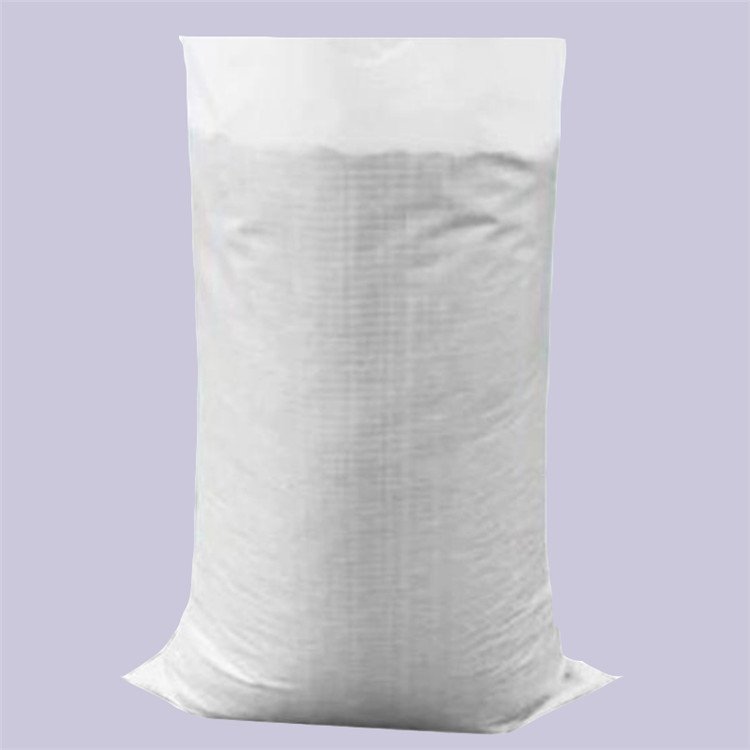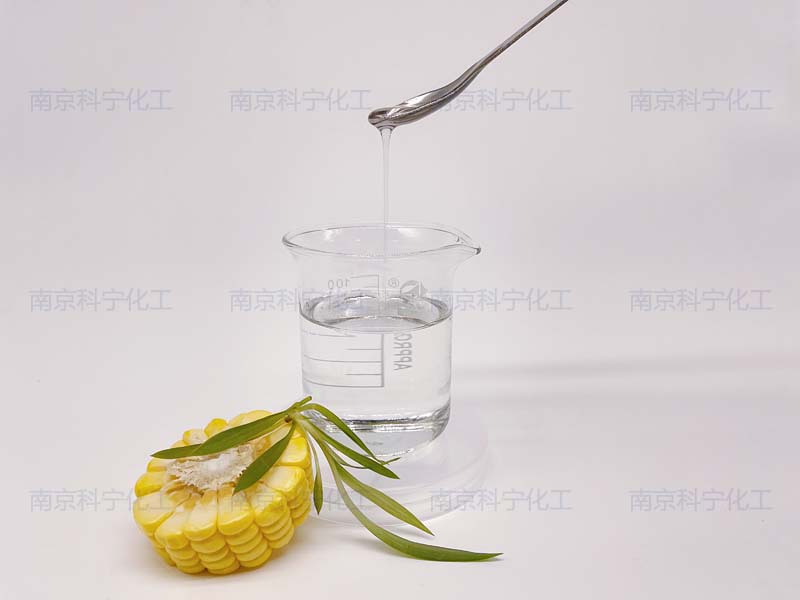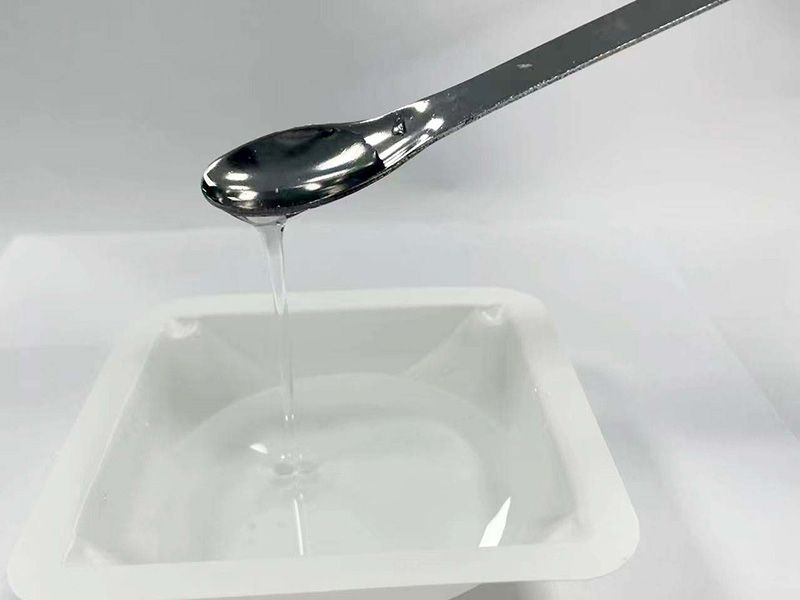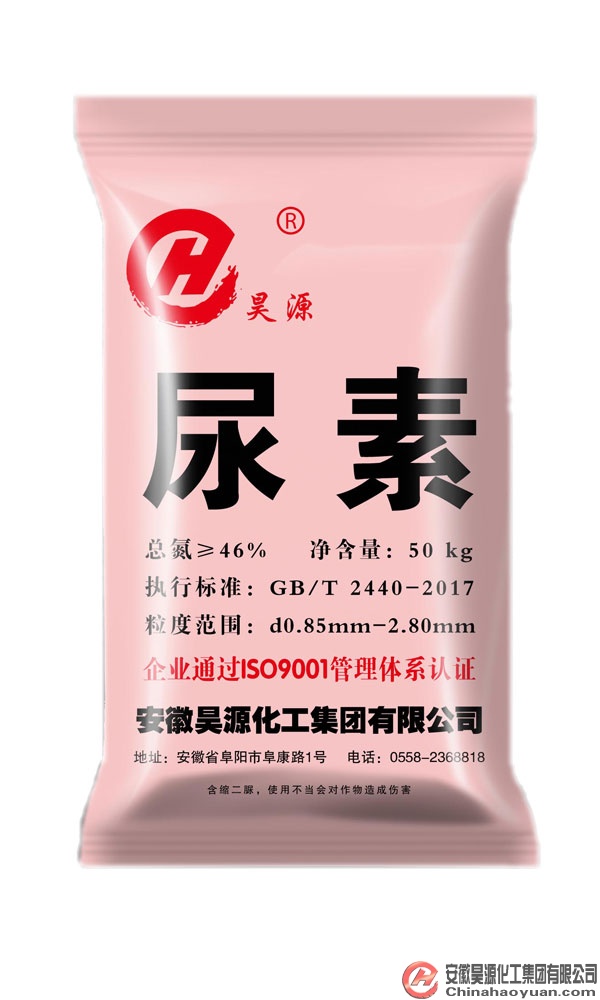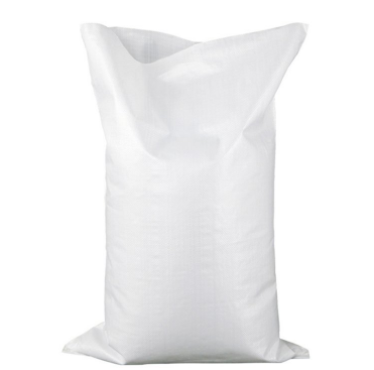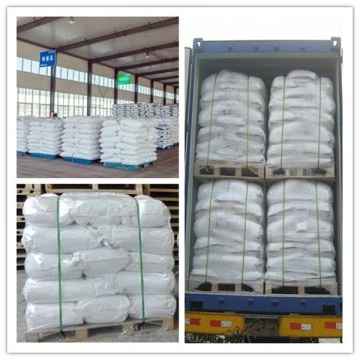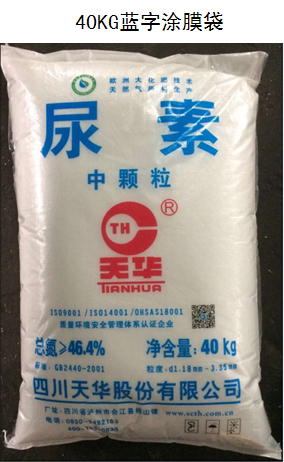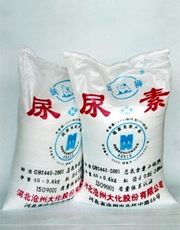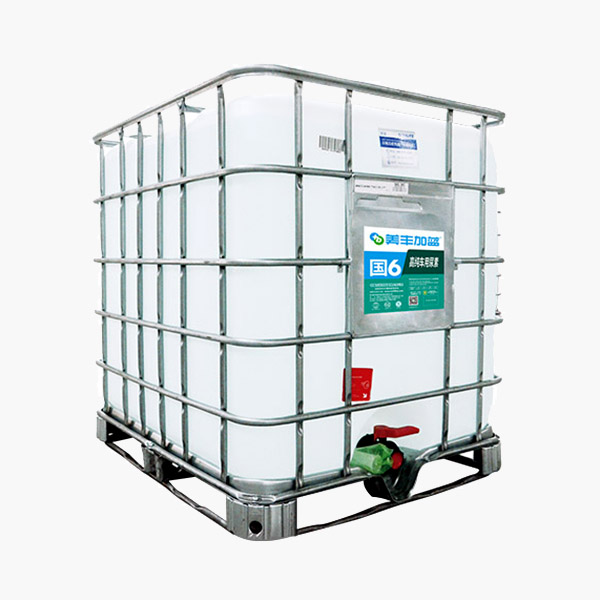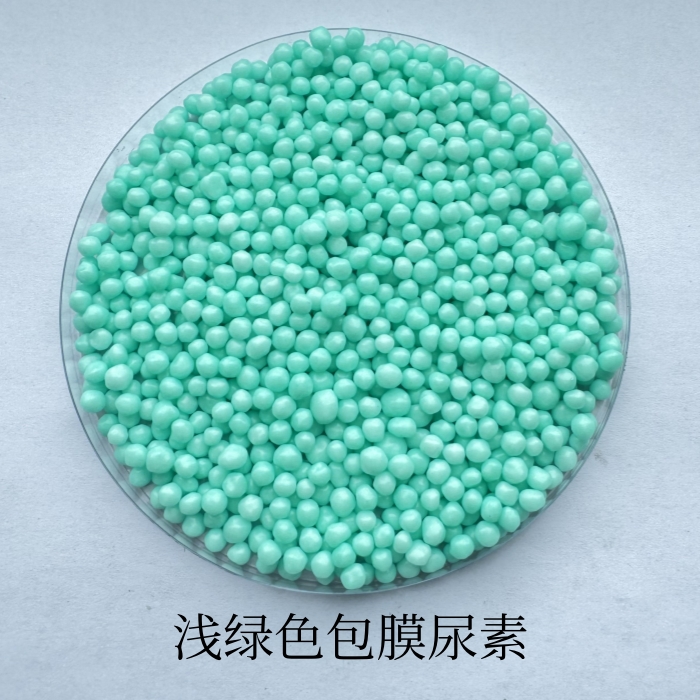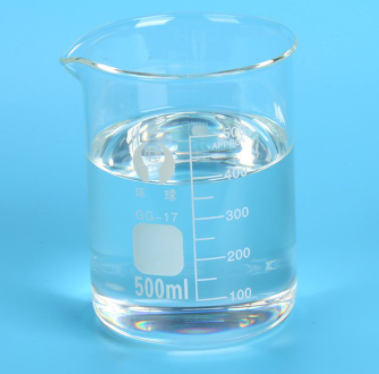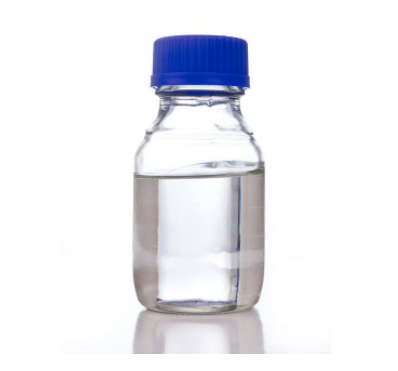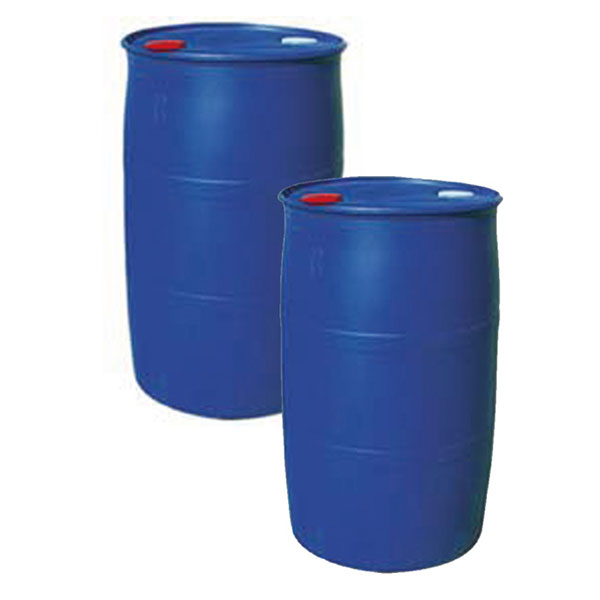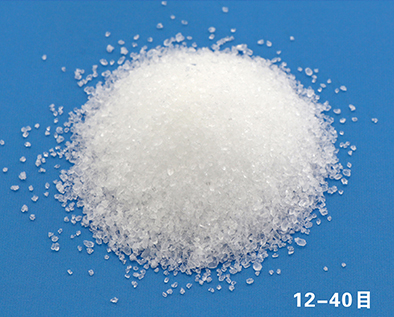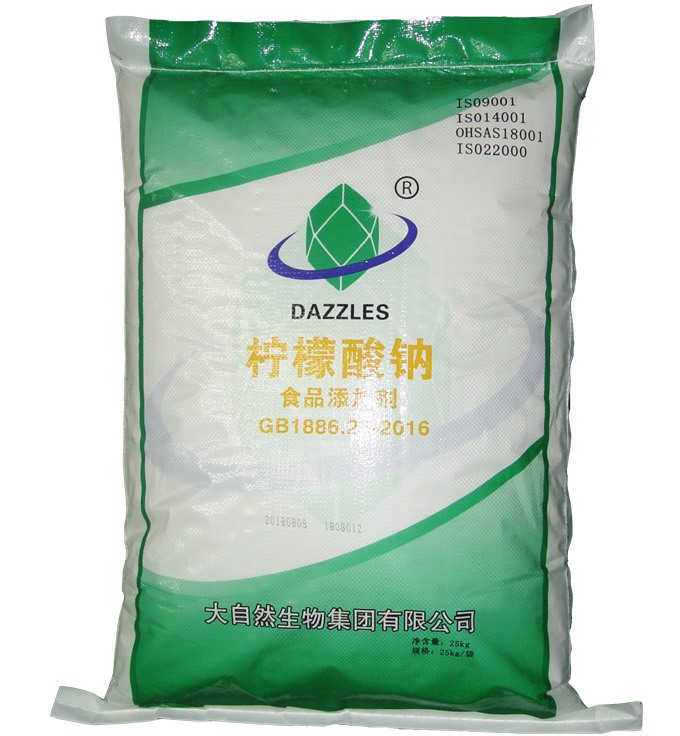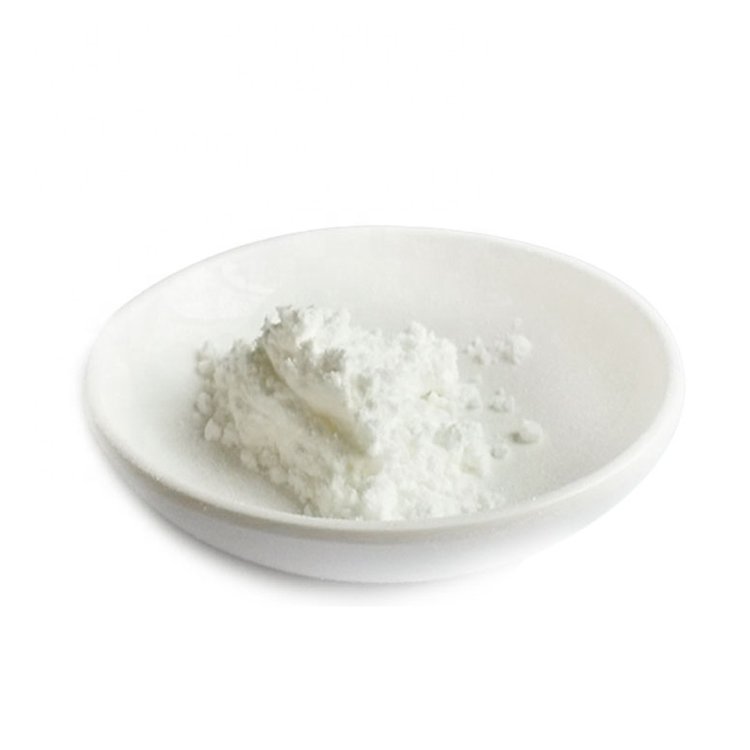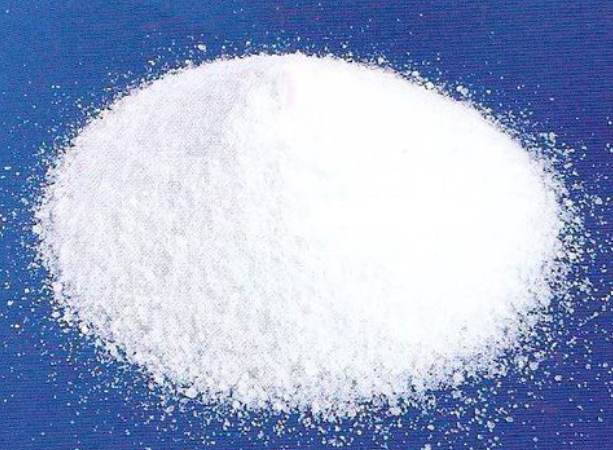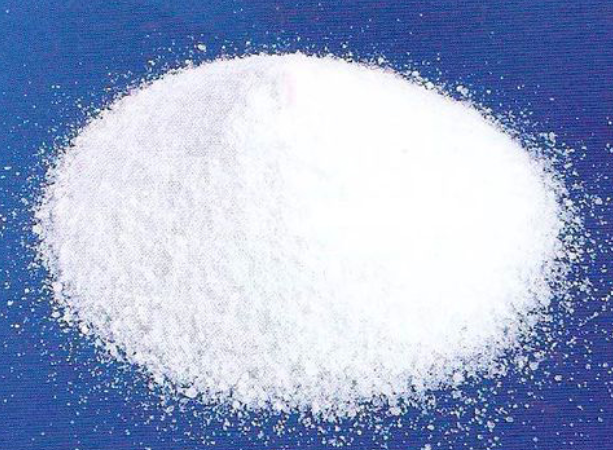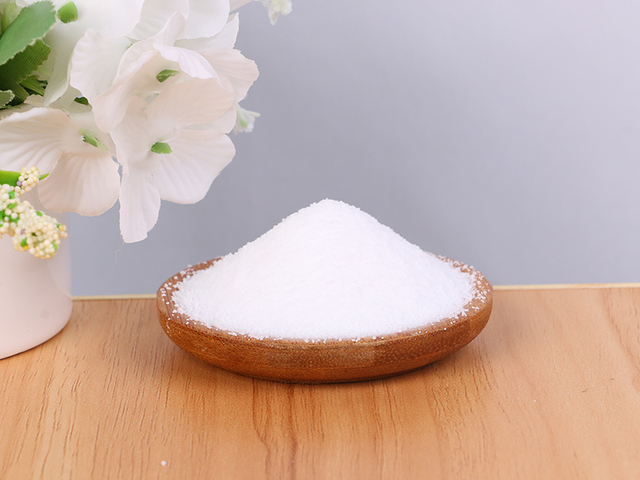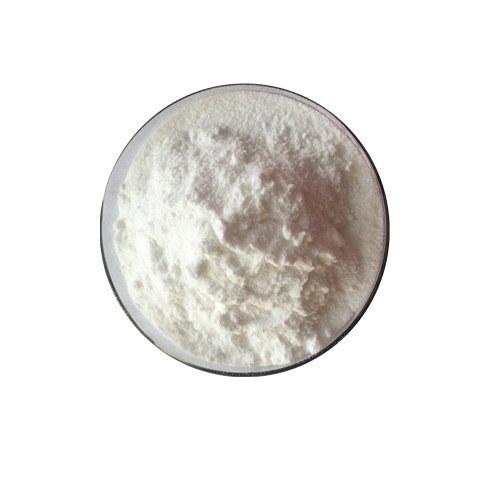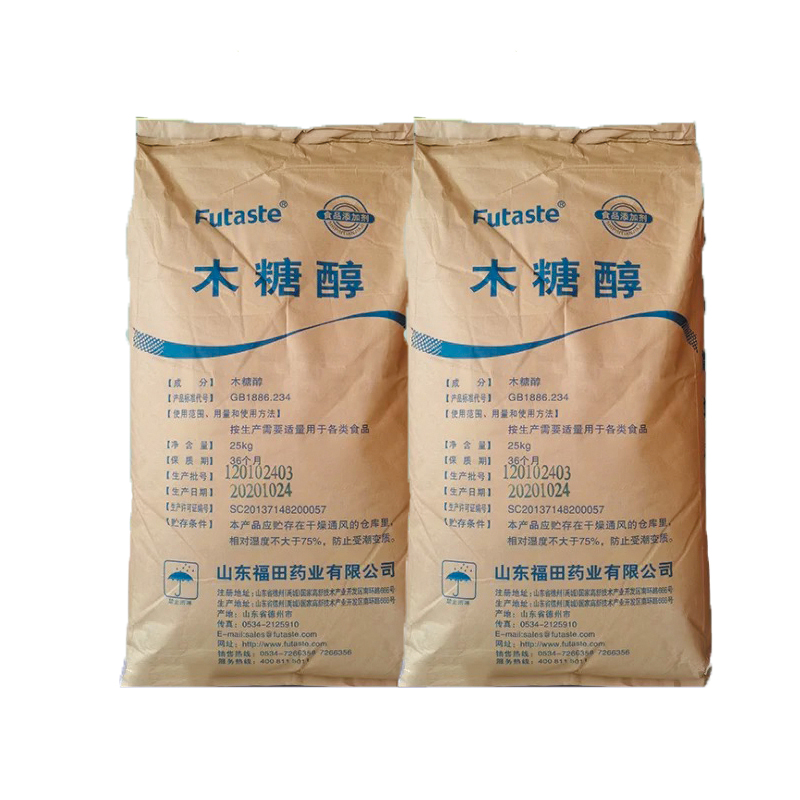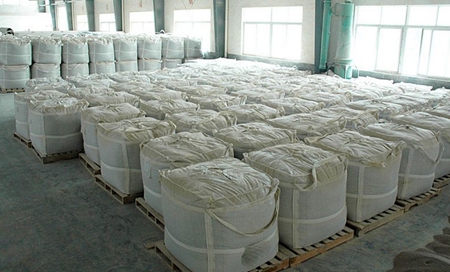API & Intermediate
Pharmaceutical Raw Materials
Veterinary API
Antiallergic Drugs
Hormones and Endocrine Drugs
Drug Metabolism
Pharmaceutical Intermediates
Synthetic Anti Infective Drugs
Specialty Drugs
Vitamins and Minerals Medicines
Feed Drug Additive
Antineoplastic Agents
Nervous System Drugs
Respiratory Drugs
Diagnostic Agents
Anti Stress Drugs
Antipyretic Analgesics
Antiparasitic Drugs
Circulatory System Drugs
Biochemicals
Blood System Drugs
Immune System Medication
Pharmaceutical Excipients
Fluid, Electrolyte, and Acid-Base Balance
Urinary System Drugs
Antibiotics
Anesthetic Agents
Inhibitors
Other Chemical Drugs
Digestive System Drugs
Find
22
related chemicals for youAlias
More Information
Glucitol; Gulitol; D-Sorbitol; D-Glucitol; Hexahydric Alcohol; (2R,3R,4R,5S)-Hexane-1,2,3,4,5,6-Hexol; Sorbitol Solid; Sorbitol Liquid; Sorbitol 70%; Sorbitol Powder; Sorbitol70; Sorbitol70%
Brief Introduction
Sorbitol is a sugar alcohol found in fruits and plants with diuretic, laxative and cathartic property. Unabsorbed sorbitol retains water in the large intestine through osmotic pressure thereby stimulating peristalsis of the intestine and exerting its diuretic, laxative and cathartic effect. In addition, sorbitol has one-third fewer calories and 60 % the sweetening activity of sucrose and is used as a sugar replacement in diabetes.Sorbitol is an odorless colorless solid. Sinks and mixes with water.D-glucitol is the D-enantiomer of glucitol (also known as D-sorbitol). It has a role as a sweetening agent, a laxative, a metabolite, a cathartic, a human metabolite, a food humectant, a Saccharomyces cerevisiae metabolite, an Escherichia coli metabolite and a mouse metabolite. It is an enantiomer of a L-glucitol.
Suppliers
View More Vendors (9) >
Alias
More Information
Diaminomethanal; Ureum; Aquacare; Aquacare HP; Aquadrate; Aqua-Drate; Benural 70; Adblue Urea; Technical Grade urea; Urea 46; Liquid Urea; Urea Food Grade; Urea For Adblue; Liquid Vehicle Urea; Adblue; Prilled Automotive urea; UREA Adblue; aus 32; urea def; Urea Technical; Prilled urea; _|_; Biobased Polyurethane Coated urea; Urea Technical Grade
Brief Introduction
Urea is a nitrogenous compound containing a carbonyl group attached to two amine groups with osmotic diuretic activity. In vivo, urea is formed in the liver via the urea cycle from ammonia and is the final end product of protein metabolism. Administration of urea elevates blood plasma osmolality, resulting in enhanced flow of water from tissues, including the brain, cerebrospinal fluid and eye, into interstitial fluid and plasma, thereby decreasing pressure in those tissues and increasing urine outflow.
Suppliers
View More Vendors (9) >
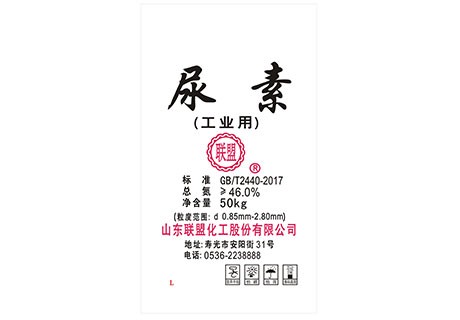
Total nitrogen (N) content (on dry basis) ≥ 46%
/
Tech Grade
50kg
/
Woven Bag
CAS:67-68-5
Molecular Formula:C2H6OS
Alias
More Information
Sulfinylbis (Methane); DMSO; Methane, Sulfinylbis-; (Methylsulfinyl)Methane; Methyl Sulfoxide
Brief Introduction
Dimethyl Sulfoxide is a highly polar organic liquid that is used widely as a chemical solvent and a free radical scavenger. It shows a range of pharmacological activity including analgesia and anti-inflammation. Because of its ability to penetrate biological membranes, it is used as a vehicle for topical application of pharmaceuticals. It is also used to protect cells and tissue during cryopreservation and has been used to treat extravasation damage caused by anthracycline-based chemotherapy.
Dimethyl sulfoxide appears as a clear liquid, essentially odorless. Closed cup flash point 192°F. Vapors are heavier than air. Contact with the skin may cause stinging and burning and lead to an odor of garlic on the breath. An excellent solvent that can transport toxic solutes through the skin. High vapor concentrations may cause headache, dizziness, and sedation.
Suppliers
View More Vendors (5) >
<Invalid Value>
99.9
/
Pharm Grade
225kg
/
Plastic Drum
<Invalid Value>
99.9
/
Pharm Grade
225kg
/
Plastic Drum
CAS:68-04-2
Molecular Formula:C6H5Na3O7
Alias
More Information
Trisodium Citrate; Fema 3026; Citnatin; Citreme; Citrosodine; Anhydrous Sodium Citrate; Citric Acid 3Na; Citric Acid Trisodium Salt; Citrosodina; Na3-Citrate; Natrocitral; Anhydrous Trisodium Citrate; Citrosodna; Citric Acidsodium,Anhydrous; 1,2,3-Propanetricarboxylicacid, 2-Hydroxy-, Sodium Salt; Trisodium Citrate Dihydrate; Sodium Citrate 4% Anticoagulant Solution
Brief Introduction
Sodium citrate is used as flavor agent and stabilizer in food and beverage industry; It is used as anticoagulant, expectorant and diuretic in pharmaceutical industry; In detergent industry, it can replace sodium tripolyphosphate as a non-toxic detergent additive; It is also used in brewing, injection, photographic medicine and electroplating. Sodium citrate is also one of the basic reagents in biological experiments.
Suppliers
View More Vendors (5) >
Alias
More Information
Xylo-Oligosaccharide; D-Xylitol; Xylite; Klinit; 1,2,3,4,5-Pentahydroxypentane; Kylit; Xlear Xylosweet
Brief Introduction
Xylitol is a pentitol (five-carbon sugar alcohol) having meso-configuration, being derived from xylose by reduction of the carbonyl group. IXylitol is a naturally occurring five-carbon sugar alcohol found in most plant material, including many fruits and vegetables. Xylitol-rich plant materials include birch and beechwood. It is widely used as a sugar substitute and in "sugar-free" food products. The effects of xylitol on dental caries have been widely studied, and xylitol is added to some chewing gums and other oral care products to prevent tooth decay and dry mouth. Xylitol is a non-fermentable sugar alcohol by most plaque bacteria, indicating that it cannot be fermented into cariogenic acid end-products. It works by inhibiting the growth of the microorganisms present in plaque and saliva after it accummulates intracellularly into the microorganism. The recommended dose of xylitol for dental caries prevention is 6–10 g/day, and most adults can tolerate 40 g/day without adverse events.
t has a role as a sweetening agent, an allergen, a hapten, a human metabolite, an algal metabolite, a Saccharomyces cerevisiae metabolite and a mouse metabolite.
Suppliers
View More Vendors (5) >
Inquiry (
10
/ 10
)
Clear All
You can inquire for up to 10 products at a time
Sign In
Error!

